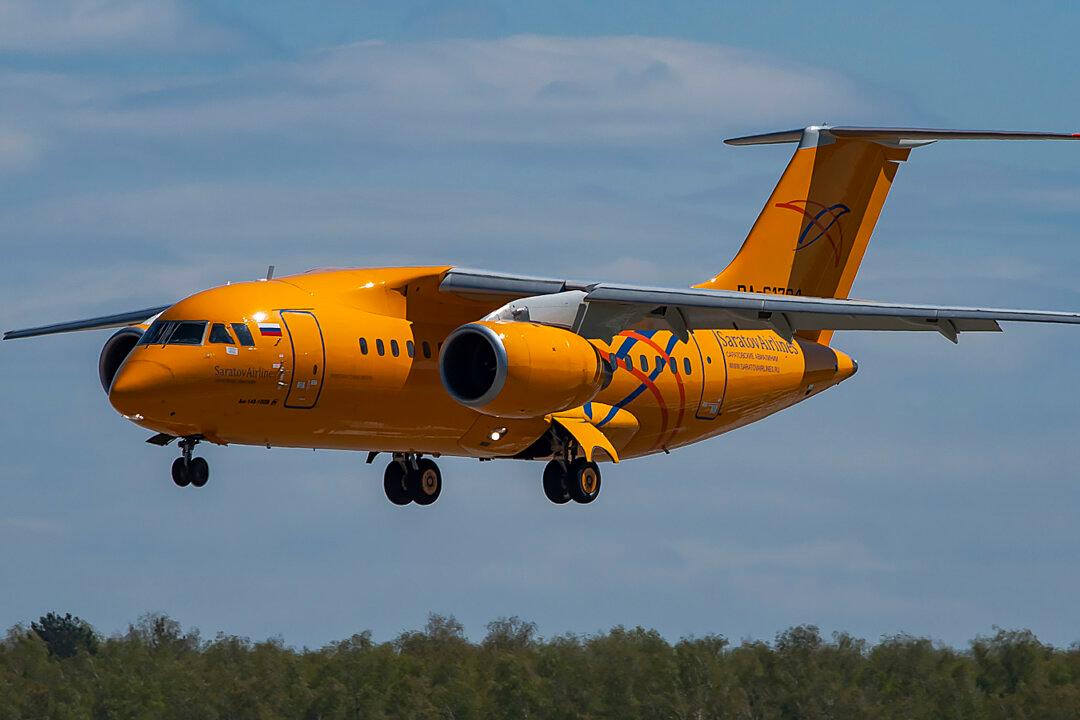The crash of a Russian passenger jet, which killed 71 on Monday, Feb. 12, might have resulted from pilot error.
The pilots of the Saratov Airlines Antonov An-148, which crashed about 50 miles south of Moscow, may not have turned on a heater, which would have warmed the plane’s sensors. As a result, the pilots did not have an accurate reading of the plane’s speed, which might have led to the disastrous crash.





